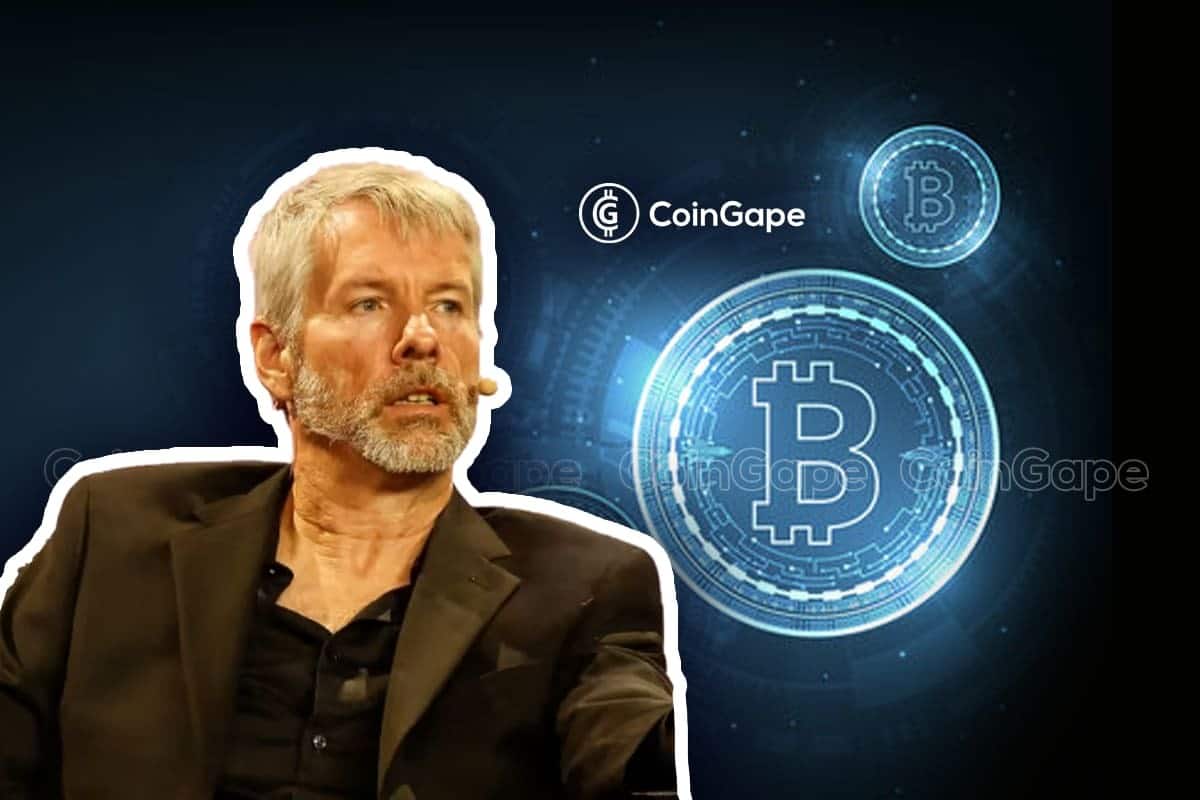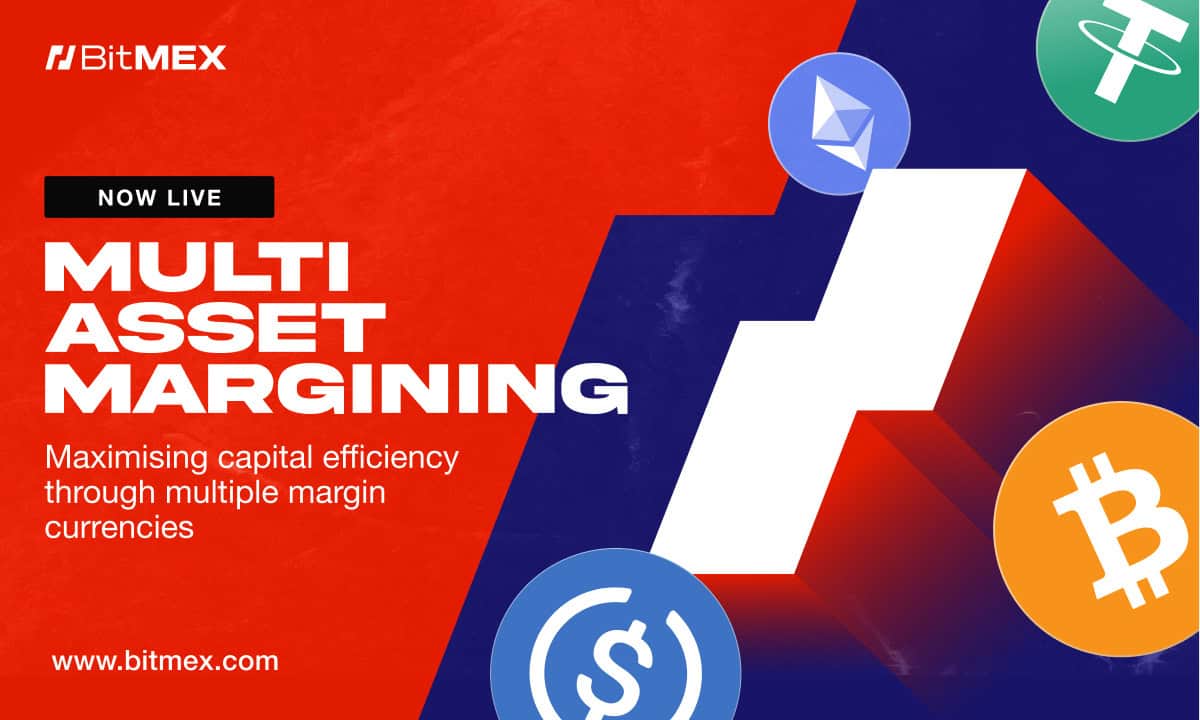Michael Saylor revealed for the first time an unprecedented mechanism for illustrating precisely how the United States government could create $81 trillion by creating a Strategic Bitcoin Reserve.
The proponent’s plan underlines a strategic digital asset policy aimed at strengthening the US dollar to neutralize national debt, place America as a leader of the 21st-century digital economy, empower a majority of businesses, drive unparalleled economic growth, and, therefore, create immense value.
Michael Saylor: $81 Trillion Possible with US Strategic Bitcoin Reserve
Michael Saylor has unveiled a groundbreaking strategy demonstrating how the United States government could generate $81 trillion by establishing a Strategic Bitcoin Reserve.
A key component of Saylor’s approach is the taxonomy in defining the classes of digital assets. This classification should provide much-needed clarity on what differentiates each class of asset from others.
A strategic digital asset policy can strengthen the US dollar, neutralize the national debt, and position America as the global leader in the 21st-century digital economy—empowering millions of businesses, driving growth, and creating trillions in value. https://t.co/7n7jQqPkf1
— Michael Saylor⚡️ (@saylor) December 20, 2024
Digital commodities like Bitcoin, not issued by any person or organization and backed by digital power, differ from digital securities backed by equity, debt, or derivatives.
The framework includes digital currencies backed by fiat, utility digital tokens, non-fungible tokens representing unique assets, and asset-backed tokens tied to physical resources like gold or oil. These definitions will be fundamental in fostering innovation and moving the policy discussion forward.
Saylor stresses the need to actually create a framework of legitimacy, so much pushed forward by Senator Cynthia Lummis. The framework should, according to Michael Saylor, delineate the rights and responsibilities of all participants within the digital asset ecosystem. Issuers shall have the responsibility to create assets while ensuring fair disclosure and maintaining ethical conduct.
Exchanges shall have the right to custody, trade, and transfer assets in a manner that ensures transparency, protection of client interest, and avoidance of conflict of interest. Owners shall have the right to self-custody and to trade their assets but shall remain subject to local laws. This principle bases itself on the fact that no one should have the right to lie, steal, or cheat, and all players should be held responsible for their actions.
Streamlining Crypto Regulations to Unleash a Capital Markets Renaissance
The structure should implement effective, reasonable compliance measures that facilitate innovation rather than obstruct it, while ensuring standardized disclosures for each asset class to promote transparency and build confidence.
By allowing industry-led compliance, exchanges could take the lead in collecting and publishing data, significantly reducing issuance and maintenance costs. Michael Saylor argues that regulators should be taken out of the critical path to digital asset issuance to let exchanges facilitate smooth processes and reduce friction both for issuers and investors. These steps could dramatically improve the cost, speed, quality, and accessibility of digital assets.
Michael Saylor envisions a 21st-century capital markets renaissance driven by digital assets. This would let the issuance of digital assets go really fast and, instead of taking months, it would be able to be created in days.
The issuance-related costs could fall from tens of millions of dollars to as low as $10,000, thus opening up the capital markets to millions of businesses, artists, and entrepreneurs. Investors would have unprecedented access to tokenized commodities, real estate, and intellectual property, among other things, fostering broader participation in the digital economy.
Digital Assets as America’s Trillion-Dollar Opportunity
A strategic digital asset policy would position the US dollar as the global reserve digital currency. Digital currency markets would expand from $25 billion to $10 trillion, creating enormous demand for US Treasuries. Some even think that, in case of Strategic Bitcoin Reserve establishment, the currency would easily reach $500K.
Global digital capital markets could grow from $2 trillion to $280 trillion. All of this would happen with the US investor base capturing a large share. Michael Saylor believes leadership in digital assets, including Bitcoin, could push the market value to $590 trillion, cementing US dominance.
A Strategic Bitcoin Reserve could generate $16 trillion to $81 trillion for the US Treasury, helping offset national debt. This policy could unlock trillions for American companies and strengthen the US dollar as a cornerstone of the global digital financial system.
Michael Saylor’s vision aims to capitalize on the digital asset revolution.
Disclaimer: The presented content may include the personal opinion of the author and is subject to market condition. Do your market research before investing in cryptocurrencies. The author or the publication does not hold any responsibility for your personal financial loss.











✓ Share: